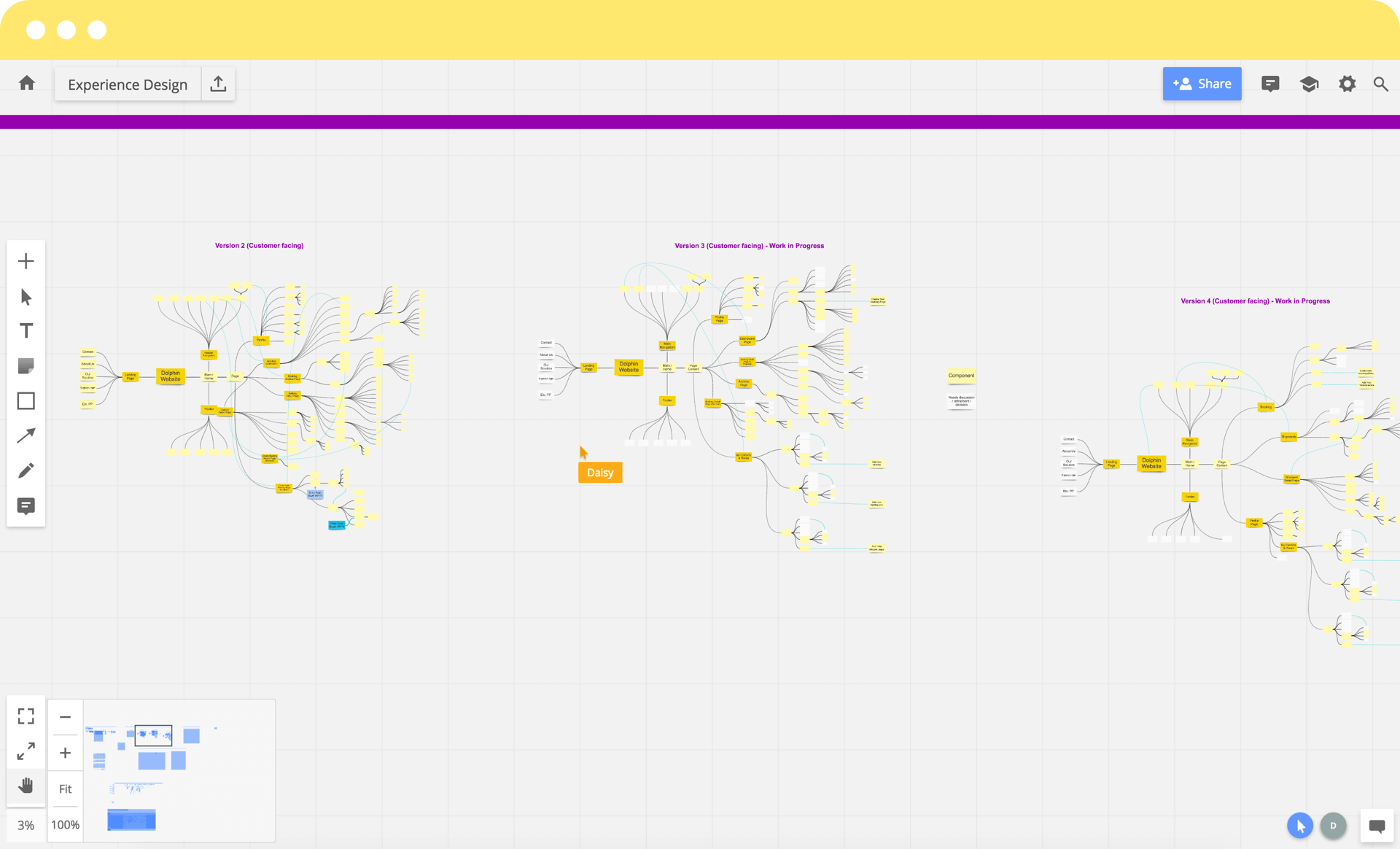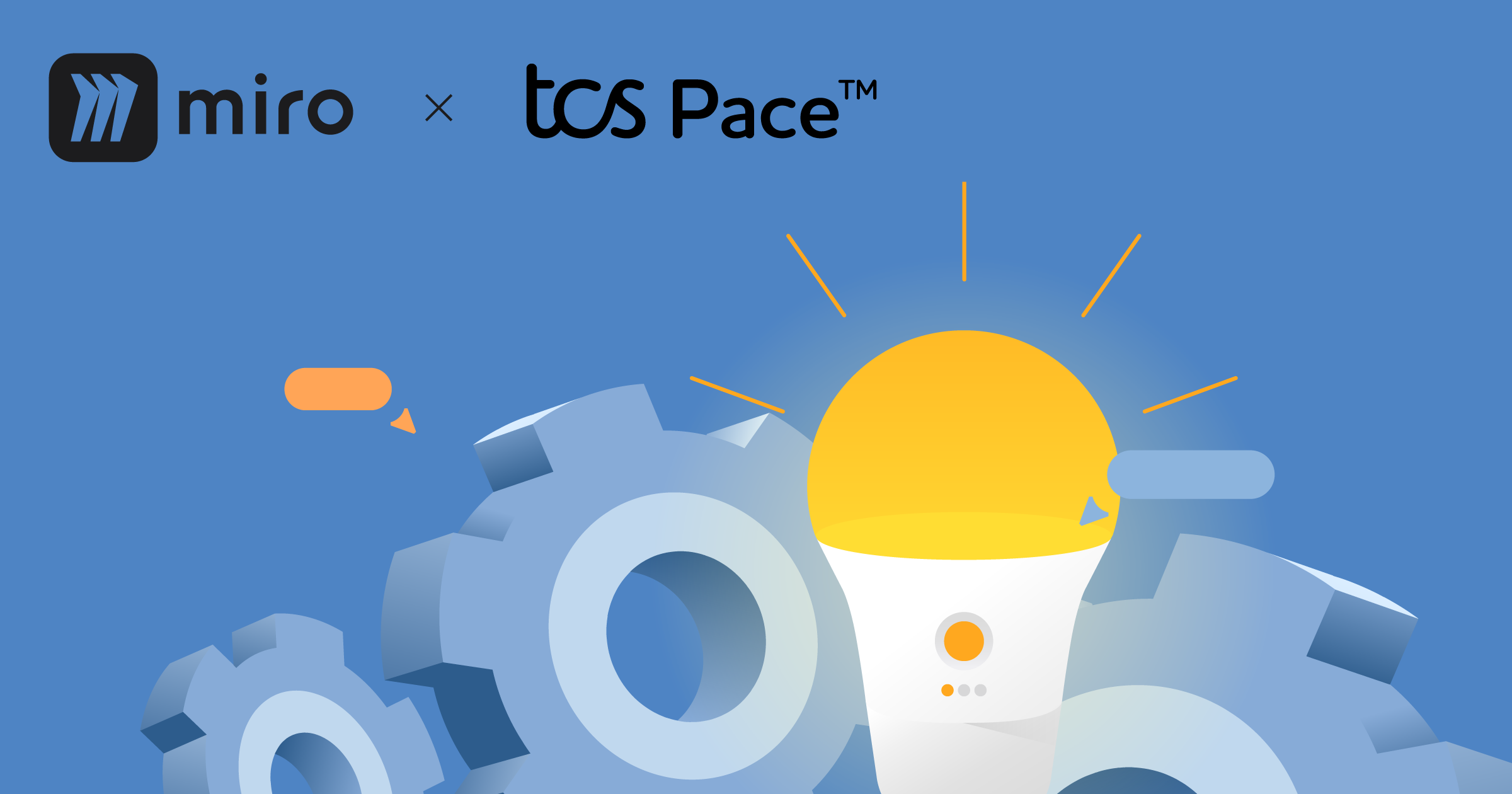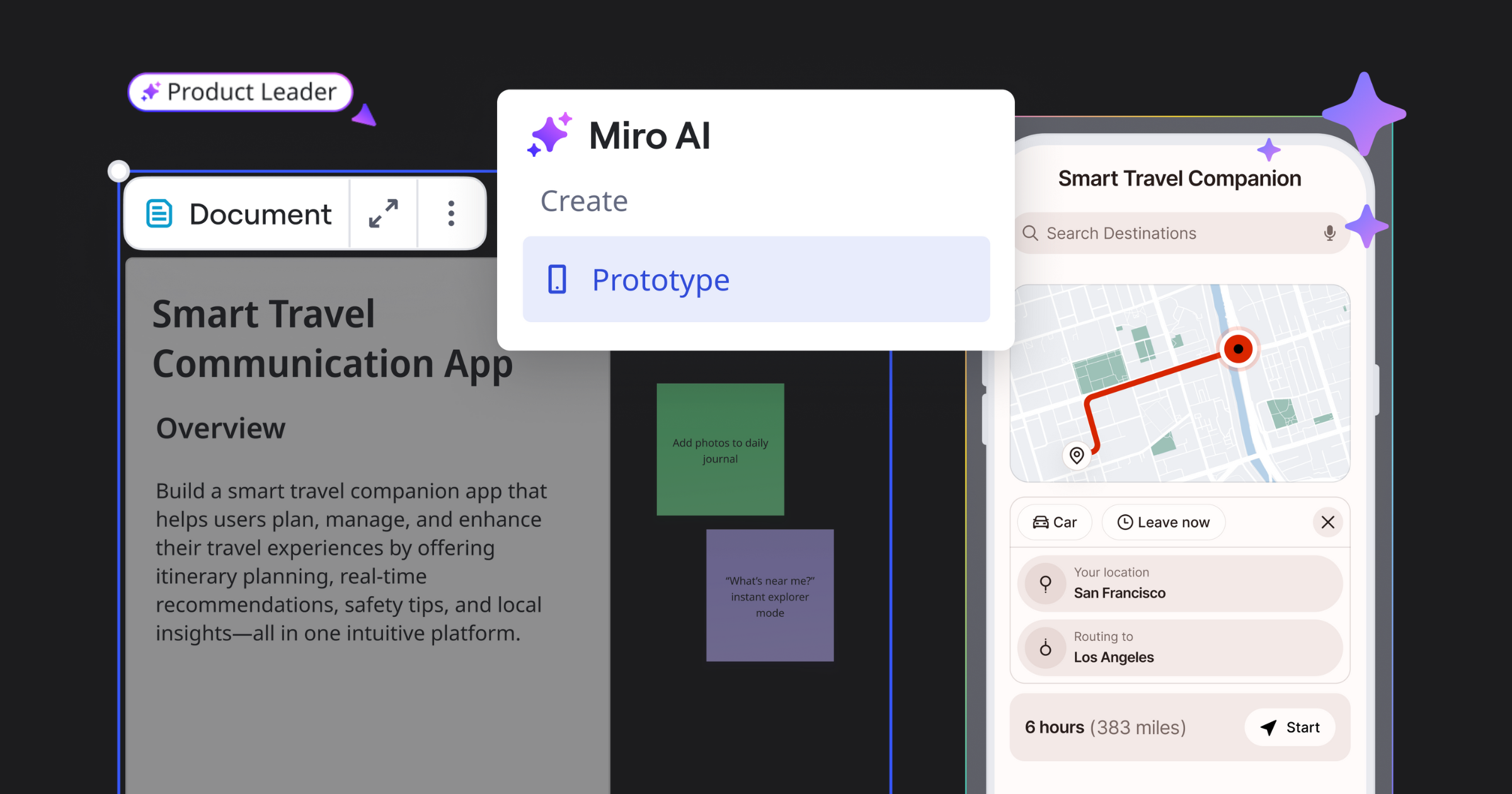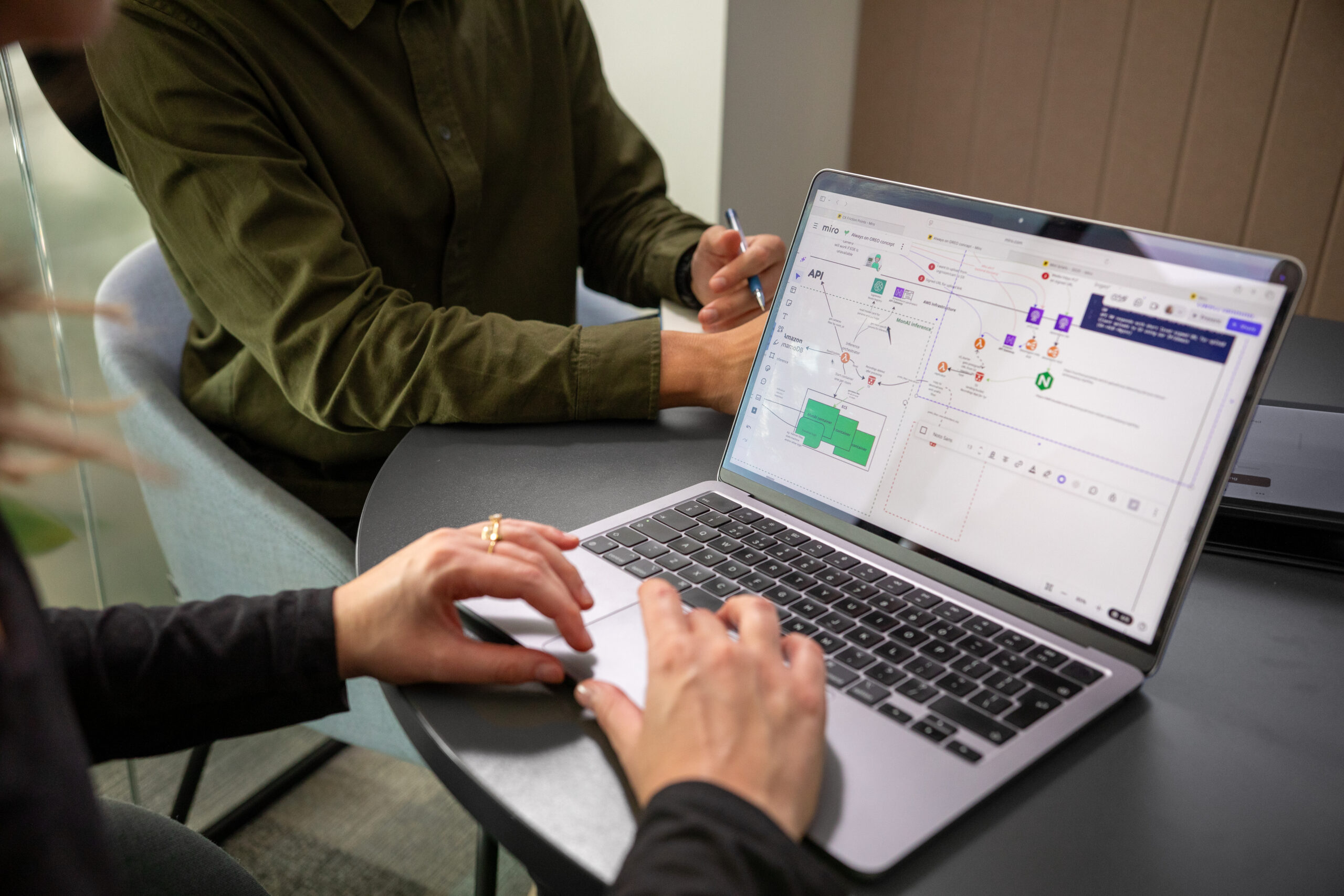Here at MIRO, we are passionate about helping other companies be more productive and streamline their product development process using our online whiteboard. Today, we are excited to publish a story about Twill Logistics, an international startup located in The Netherlands that is bringing innovation to an old-fashioned logistics industry.
KEY TIPS
COMPANY NAME: Twill Logistics
Number of employees: 50+
INDUSTRY: Logistics
Miro use cases: User interviews, design research, backlog review sessions, presentations
An old industry
Twill was created by Damco – the Maersk-owned company headquartered in The Hague. “We are not starting from zero; we have a very strong foundation from Damco in terms of expertise, in terms of people, in terms of network,” claims Daisy Zhang, the Head of Product, who is constantly working on Twill’s future and managing a team of four Twillers. The company targets medium and small companies because big corporations typically have supply chain managers and dedicated internal departments to handle their logistics requirements. However, Twill is doing market research to understand big company needs to make the product appealing to them as well.
A lot of existing processes in the freight-forwarding industry depend on manpower. Usually, people working in the field handle all issues over email and by phone. There is no digital space where they can store all the documents or information. Twill provides its customers with a tool to input all the necessary data, track paperwork and communicate with their buyers. “Our main benchmark is Damco. We’re trying to understand how they organize their processes and how we can digitize them,” says the lead designer, Volkan Uysal.
For customers, the main advantage is the ability to see all information in one place. It is also extremely simple to use. “The platform gives us improved visibility of our shipments. […] Previously, we relied on a lot of manual processes including emails back and forth with our team in China, but Twill allows us to see all information in one place, and it is so simple to use,” confirms Jo Southwell, logistics manager of Randa Accessories, one of the first customers.
We are not starting from zero; we have a very strong foundation from Damco in terms of expertise
Top Miro features that add value for Twill
Integration with Sketch
This is convenient for designers who want to share their work with other team members. In this case, Miro serves as a common ground.
Post-its
They are useful for organizing the team members’ thoughts and also keeping records of meetings.
Comments
Designers can share their thoughts with everyone and track all the suggestions. The boards are available for other team members, so they don’t need to download additional tools.
The frame export
The product manager at Twill needs to produce a lot of PowerPoint presentations to report back to the management, so she exports frames to her slides.
Developing the product after MVP
To be efficient, the startup is following the Agile methodology and works in Sprints. Now, that the initial MVP has been developed, the Product Team is refining the service and adding new features. “Requests come from either Twill business leads or customers,” says Daisy Zhang. Different units maintain their own Backlogs; for example, the operations team keeps and prioritizes their own requests. Daisy usually organizes a Backlog review session, and then she takes a holistic view and consolidates those requests into a Product Backlog.
Daisy’s team is also responsible for user research to decide which feature to develop or prioritize. “We always check with multiple clients before adding something new. We do a mockup, we do prototyping as a proof of concept, and then we do user testing with our customers.” After that, the team does iteration, then they put it in the user’s story, and it goes to the tech team for production.





The secret sauce? After many years in logistics, Daisy says that the key insight is keeping your eyes open. “I’ve been in this industry for so long, so it seems like I know a lot of things very well. It’s not exactly the case. After you talk to the users and people around you, you realize that you need to learn from them,” she admits.
“When we started, we did a user research in China where we interviewed our customers,” says Daisy. The company started using Miro at this early stage. “We agreed on how we would document those research results. When we finished each interview, we put the result on Miro. And then the next day when we woke up, we would already see comments from people working in Europe,” she recounts.
Another important thing that contributes to the company’s success is its speed. Twill’s startup culture and its “move fast, break things” approach allow the organization to be more productive than if it worked as a part of a large corporation. Sanne de Vries, Twill’s UI designer, reflects, “What’s new for me is that, in Twill, the process is very fast in terms of features and, yeah, we try hard to make the product bigger and better and care more about speed than perfection. It’s very tempting to go too much into detail, like spending a lot of time on things that are maybe not relevant at that stage.”
The total value (revenue) of the global freight forwarding market in 2016 was USD 141.9 billion, reflecting year-on-year growth of 2.7%, with cargo volume growth estimated at 2.6%. The forward outlook is more optimistic, with a forecast 2016–2020 compound annual growth rate (CAGR) of 4.1%, resulting in a total market size of over USD 166 billion in the year 2020.”
We always check with multiple clients before adding something new. We do a mockup, we do prototyping as a proof of concept, and then we do user testing with our customers.
Designing for the global market
When asked about the company’s goals and priorities for 2018, Volkan says, “We want a tool to serve the globe, but we don’t want to do a lot of customization.” However, the users from country to country are slightly different. Designers rely on user research to really understand the needs of professionals.
“But we also want to keep consistency,” adds Volkan. Since Twill is launching its services in new countries, the company’s design needs to be more scalable and stable. Now the design team’s purpose is to create a design system that meets those needs. “When we are planning new features or thinking about new regions, we are using Miro to consolidate all the necessary data,” he adds.
Recently, Volkan worked on a project called Customer Care Dashboard and needed to understand all the necessary information for a new country. He created a basic workflow, according to the process map. Then he tried to understand which kind of information the team had and which kind of information Customer Care members needed. “If I use Sketch, then Daisy and others outside of the team won’t be able to reach that board, put a comment and contribute in this process. So the product team has access to all the boards, and Miro serves as a tool for communication between different teams.”
With this ambitious goal in mind, Twill is looking forward to transforming the freight-forwarding industry. It’s a startup that started a little differently; there was no story about the founders working in their garage trying to break from an old tradition and pulling the industry’s leaders off the market. However, the organization is definitely disruptive. It’s reimagining the field it’s working in, but at the same time, it’s transforming rather than breaking, leveraging existing knowledge rather than building from scratch.
Miro serves as a tool for communication between different teams




